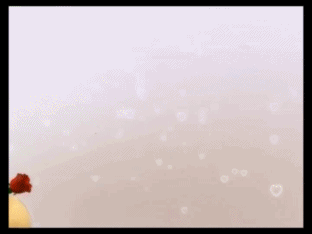ที่พักผ้าใบคอนกรีต Concrete Cloth by Concrete Canvas UK company Concrete Canvas have been awarded Material of the Year 2009 by materials consultancy Material ConneXion for their cement-impregnated fabric. Called Concrete Cloth, the material consists of cement layered between fabric that can bond with water, backed with PVC. The product can be formed into the required shape then allowed to absorb water, causing it to set after two hours. The material can be used structurally and is fireproof and waterproof. The designers hope it will have applications in disaster relief, military and commercial environments. Here’s some text from Material ConneXion: New York, NY, November 23, 2009 – Global materials consultancy Material ConneXion announced today the launch of its first annual MEDIUM Award for Material of the Year, naming UK-based company Concrete Canvas’s Concrete Cloth as the inaugural winner. The award recognizes materials juried into the company’s Materials Library within the past year that demonstrate outstanding technological innovation and the potential to make a significant contribution to the advancement of design, industry, society and economy. “The MEDIUM Award for Material of the Year is an opportunity to celebrate the extraordinary breadth and scope of materials innovation today,” says George M. Beylerian, Founder & CEO of Material ConneXion. “The winner is distinguished not only for its technical ability, but for its capacity to make a lasting impact on our lives.” Concrete Cloth’s groundbreaking cement impregnated flexible fabric technology, which allows it to be quickly and easily molded and set into shapes, is a natural choice for 2009’s winner. “With the simple addition of water, Concrete Cloth makes it possible to create safe, durable, non-combustible structures for a wide range of commercial, military and humanitarian uses,” says Dr. Andrew H. Dent, Vice President, Library & Materials Research at Material ConneXion. “This innovation is especially remarkable for enabling the construction of rapidly deployable shelter and food storage structures in disaster relief situations,” Dent adds. "Concrete Canvas have developed two shelter variants, CCS25 and CCS54 (with 25sqm and 54sqm of floor space respectively). CCS structures have been designed to maximize their internal usable space. A standard CCS54 can accommodate up to 15 people according to Sphere Standards, Humanitarian and Disaster Response Charter. For longer term operations, CCS54 will accommodate 8 standard cots with free standing mosquito nets. The technology can be scaled up to provide even larger structures. Future product developments include shelters to be used for storage of vehicles and helicopters." A 25sqm CCS can be deployed by 2 people in less than 1 hour and is ready to use in only 24 hours. Force Protection The compressive structure of CCS has been modelled to be covered with sand or earth (berming) to provide protection against small arms fire and shell fragments. Insulating CCS concrete shells have good thermal properties. When buried they provide excellent insulation and a very large thermal mass. Durable CCS are far more durable than tenting with a minimum design life of 10 years. Sterile The sealed plastic inner of a CCS, means it can be delivered sterile; vastly increasing frontline medical capability from day one of a crisis. Fire proof Concrete Cloth is a ceramic and will not burn. Each shelter is lined with a flame retardant fibre reinforced polyethylene inner with a B1 (DIN 4102-01 05/98) fire rating. CBRN protection CCS can be fitted with a combined forced air / inflation unit and decontamination module to provide full spectrum CBRN protection. Secure The hard shell and lockable doors of a CCS provide a level of security not possible with soft skinned structures, protecting stores, equipment and personnel. Semi-permanent CCS provide all the benefits of a permanent structure without the associated cost and time delays. http://www.dezeen.com |
ที่พักผ้าใบคอนกรีต Concrete Cloth by Concrete Canvas










